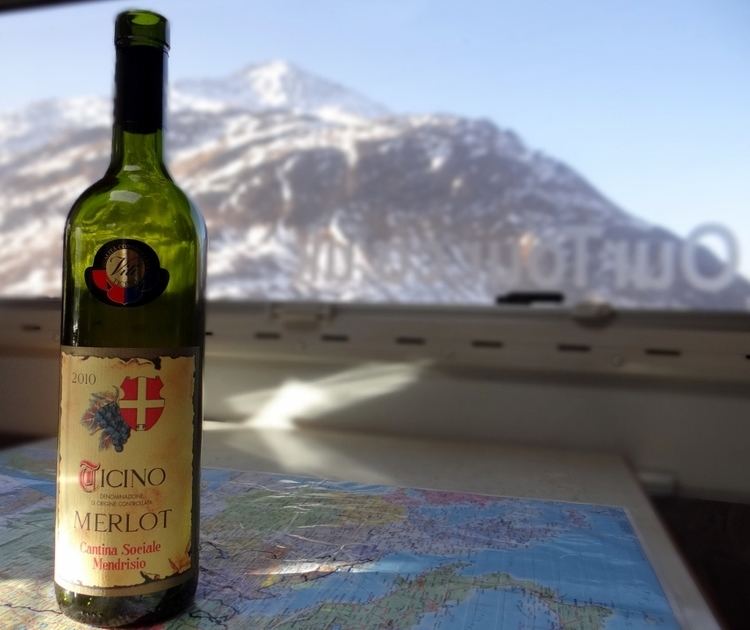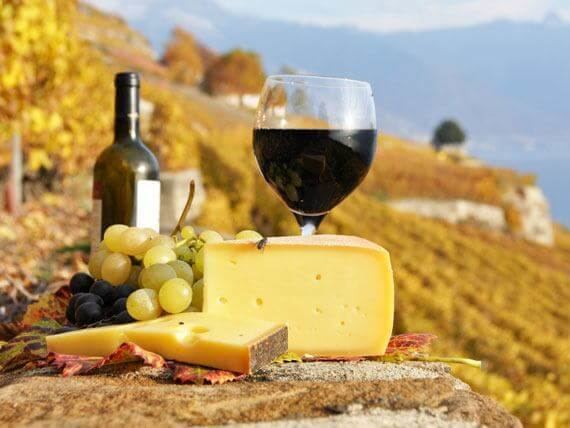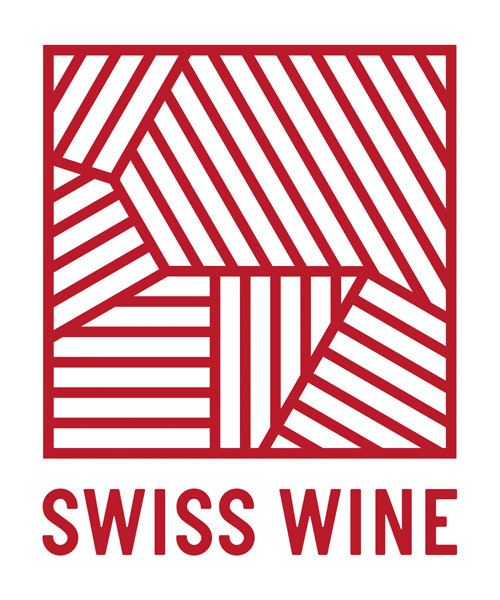 | ||
Similar Hungarian wine, Austrian wine, Czech wine, Slovenian wine, Russian wine | ||
Switzerland swiss myths swiss wine doesn t exist
Swiss wine is produced from nearly 15 000 hectares of vineyards, and the wines are mainly produced in the west and in the south of Switzerland, in the cantons of Geneva, Neuchâtel, Ticino, Valais and Vaud. White grapes varieties are grown on 42% of the country's vineyard surface, and red grape varieties on 58%.
Contents
- Switzerland swiss myths swiss wine doesn t exist
- Swiss wine vaud waadt
- History
- Geography
- Grape varieties
- Classification
- Wine styles
- References

According to data from the Swiss Federal Office of Agriculture, the Swiss wine production in 2009 was just over 1.1 million hectoliters, divided into 527 000 hl of white wine and 587 000 hl of red wine.

Nearly all the national production is drunk within the national boundaries; less than 2% of the wine is exported (mainly to Germany). Switzerland ranks in the top 10 of per capita consumption of wine, and as of 1983 imported two thirds of it, including more Beaujolais than the United States.

Swiss wine vaud waadt
History
The tradition of wine and viticulture in Switzerland is very old, at minimum from the Roman era.

The first bottle, made in ceramic, was found near Sembrancher (Valais), in a Celtic tomb of a lady of 2nd century BC. An inscription on the bottle indicates that it contained wine. Around the 150s BC, in the Celtic era, the people in Valais offered wine to the dead, and probably they also drank the same wine. After a century, the Roman amphorae also appeared.
Geography

Swiss wines must be labeled to show their geographic origin. The regions include: the Vaud, Valais, Neuchatel, Ticino and Thurgau.
Grape varieties

The two most common grape varieties in Switzerland are the red Pinot noir at around 30% and the white Chasselas at around 27%. A large number of grape varieties are cultivated in Switzerland, many of them indigenous or regional specialties. Some 90 grape varieties are cultivated on an area of 1 ha or more.
Other grapes grown in Switzerland include hybrid varieties like Muscat bleu which had 3 hectares (7.4 acres) in cultivation for commercial winemaking 2009.
Classification
For a long time, Switzerland lacked detailed national regulations regarding wine classification, which meant that it was to a large extent up to wine producers about what to put on wine labels; neither a German wine-style Prädikat system or a French wine-style appellation system was implemented, and as a non-EU member, Switzerland did not have to implement European Union wine regulations. Wines were usually labelled by their village of origin, by grape variety, or using a brand name. From the early 1990s, though, a French-style Appellation d'Origine Contrôlée system has started to be implemented, starting in some of the French-speaking cantons. These regulations are mainly implemented by the cantons themselves.
Wine styles
Over the years, the Swiss have developed a number of unique specialty wines from grapes rarely found outside Switzerland. These include:
